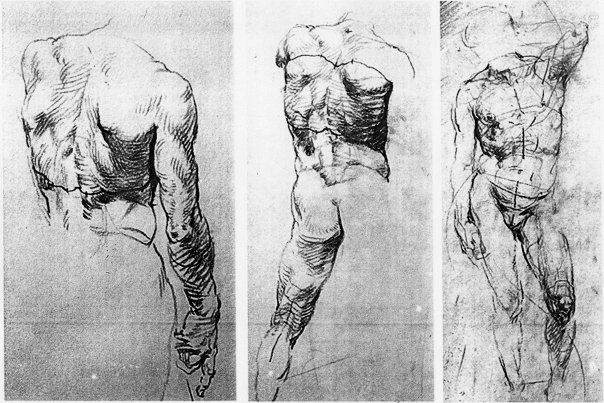Online – Hips, hamstrings & lower limb anatomy workshop
Your hip flexors and hamstring muscles are one of the most important groups of muscles necessary for long term mobility, stability and safety of your lower body.
Healthy, conditioned and well maintained hip flexors and hamstrings are necessary for preventing hip, knee and lumbar issues. Acute or chronic pain in these areas can signify a restriction and compensation of movement.
If symptoms are found to be structural in nature, then it is important to understand both why and what can be done to correct them. Most low back pain and sciatica problems will benefit from a regular routine of hamstring movement. Restriction in the hamstrings places increased stress on the low back and often aggravates or even causes some of the conditions that lead to low back pain and/or sciatica pain. Enable students to develop the knowledge, skills and attitudes necessary to become effective, professional teachers. To provide a basis for the continued study of the anatomy and the moving body, principles and practice of freedom of movement.

